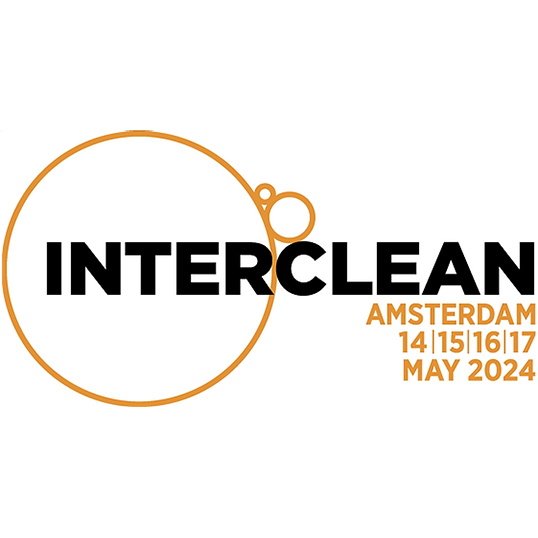
Getting journalists on board
By Anne Bruce
When it works, the relationship between a journalist and the PR is a win-win-win.
The PR wants to get its client’s latest story published. It’s a good one. The journalist needs some information on that very topic, on a deadline, they’re grateful the PR can provide it, and on time. Even better, a high-res picture is available too. Everything is filed on time and now PR and journalist are best friends. The client gets some great coverage. The next time the journalist is working on something relevant, they’ll drop the PR an email to see if their client has anything interesting to say. PR, journalist and clients are all winners.
That’s the best-case scenario. But it’s not always like that, as everyone knows. Worst case scenario. The journalist needs some information, the PR promises it imminently, it does not arrive. The journalist negotiates an extension on their deadline. The information arrives late and is irrelevant. There is not even a sentence in it that ties in with the topic in hand, and nothing in the way of an illustration that might save the day. Everyone ends up frazzled; the PR approaches that journalist again at their peril.
It may be simple to say, but all any journalist wants is press releases that are relevant to a particular feature, written in plain English, and include a quote, with good quality supporting images. It’s nice if these arrive a little ahead of deadlines, although everyone knows that timings can go awry through no fault of the PR.
As a trade journalist I do appreciate the role that PRs play in making things happen and in bringing me the information I need.
But I have certainly built up some pet “operational” PR bugbears over the years, and I know from talking to other journalists that these are widely held. I am sure PRs have just as many, if not more, bugbears with journalists!
Here is my Top 10 list (because lists always break up the monotony of a page)
Number 1: The client has the expert knowledge. The more the PR knows about the client’s business, the easier everyone’s job is. A PR that does not have a clue is not helpful.
Number 2: There is no point putting a client out for interview if they are not going to say anything vaguely interesting. Don’t put your client in a straight jacket! Let them show the journalist a few warts.
Number 3: No one needs a fair-weather friend. If the PR only wants to talk to you when they have something to sell, and are uncontactable when you need something from them, eyebrows can get raised.
Number 4: Phoning a PR for help and explaining the query in detail, only to be asked to “put that in writing/email it” at the end of the conversation is annoying. So is being asked to explain something when you have already emailed the details.
Number 5: Being sent press releases in formats such as protected PDF which you can’t copy information from wastes time. You end up retyping the relevant information and quotes you need, or go back to the PR asking for a different format. No-one likes that.
Number 6: Being sent press releases which are blatantly two years out of date and have not been updated is a red rag to a bull. If you are quoting research from more than a year ago in a press release, it is no longer relevant.
Number 7: On the subject of surveys, these need to be fully attributed to a source and dated or else they can’t be used. Surveys are great, the more relevant information you can include from a reputable survey the better. Everyone loves a survey and a Top 10 list.
Number 8: Pictures speak 1000 words. These need to be good quality, not a thumbnail from the company’s website. PRs usually know this thankfully. But you can go too far. Sending 66 high-res photos to a journalist via a We Transfer link is a waste of everyone’s time. Just send five. More likely than not the We Transfer link will have expired by the time it’s needed.
Number 9: It’s a no to copy approval. That’s what happens with adverts, not editorial. Maybe send a briefing document with the salient points if you are worried that something has been missed during an interview with your client. If you want to fully control the message purchase advertising space. These are troubled times for the media, publications of all shapes and sizes need support.
Number 10: What else? Well, it’s nice to cement the relationship between PR and journalist through social media and linked in connections. Why not keep an eye out and tweet when an article comes out, copying in the journalist? Who knows what retweets will ensue? Things might go viral, in a good way.


